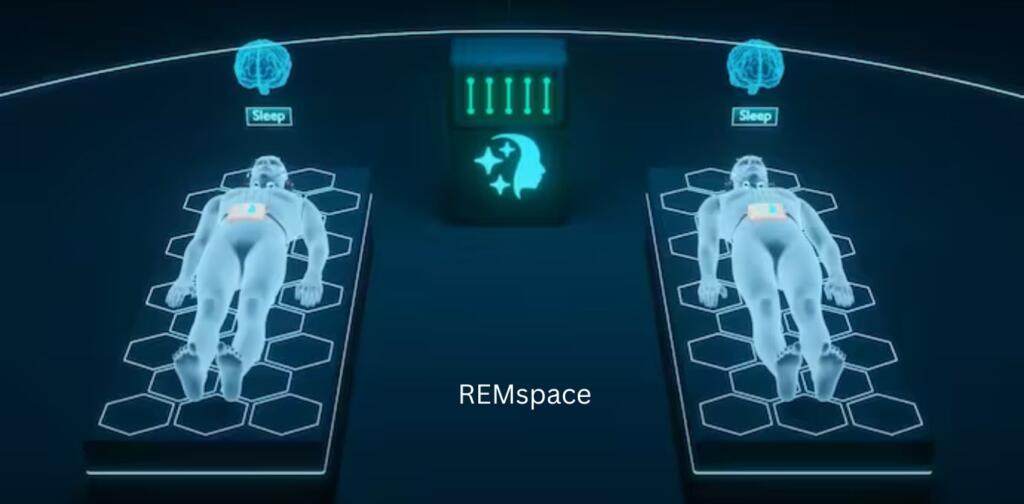The movie Inception written and directed by Christopher Nalon, is now becoming the reality with REMspace. A California startup, REMspace, said that it is the first step toward making the idea of dream communication a reality by allowing two people to be connected to each other in their dreams, according to an experiment conducted on September 24.
The two experienced lucid dreamers-two participants who knew when they were asleep-participated in the study. This type of dreaming is known to occur during the REM stage of sleep, in which the brain is very active, and dreams are usually very vivid. When participants fell asleep, they were already hooked up to equipment that monitored their brain waves and other polysomnographic data transmitted to a central server where their sleep patterns were analyzed in real-time.
The process for sending communication started with the first participant entering a lucid dream state. His unique brain wave patterns were picked up by the server, which then passed on a word in the invented language ‘Remmyo’ to him through earbuds. The word passed on was ‘Zhilak’. He mouthed it out aloud and was heard by the sensors attached, which then carried it back to the server for recording.
Eight minutes later, the second participant also entered the lucid state of dreaming. The server, who was cognizant of her condition, sent the same word, ‘Zhilak,’ to her. She listened and then said it, which indicated that she had received the message correctly.
She confirmed the word the other had received when she woke, thereby recording an historical first in dream communication between two people. Such an exchange not only marks a point of interesting intersection between consciousness and subconscious but also raises new possibilities for carrying out research on sleep.
Although REMspace has been used involving special equipment in this experiment, little else is known about its technology. This achievement, should it be supported by subsequent work, would revolutionarily change the approach toward sleep and may have a direct influence on psychological therapy and skills training.
“Countless commercial applications” was what Michael Raduga, the chief executive of REMspace, said this technology had brought and transformed understanding of ability that allows people to communicate in dreams.




